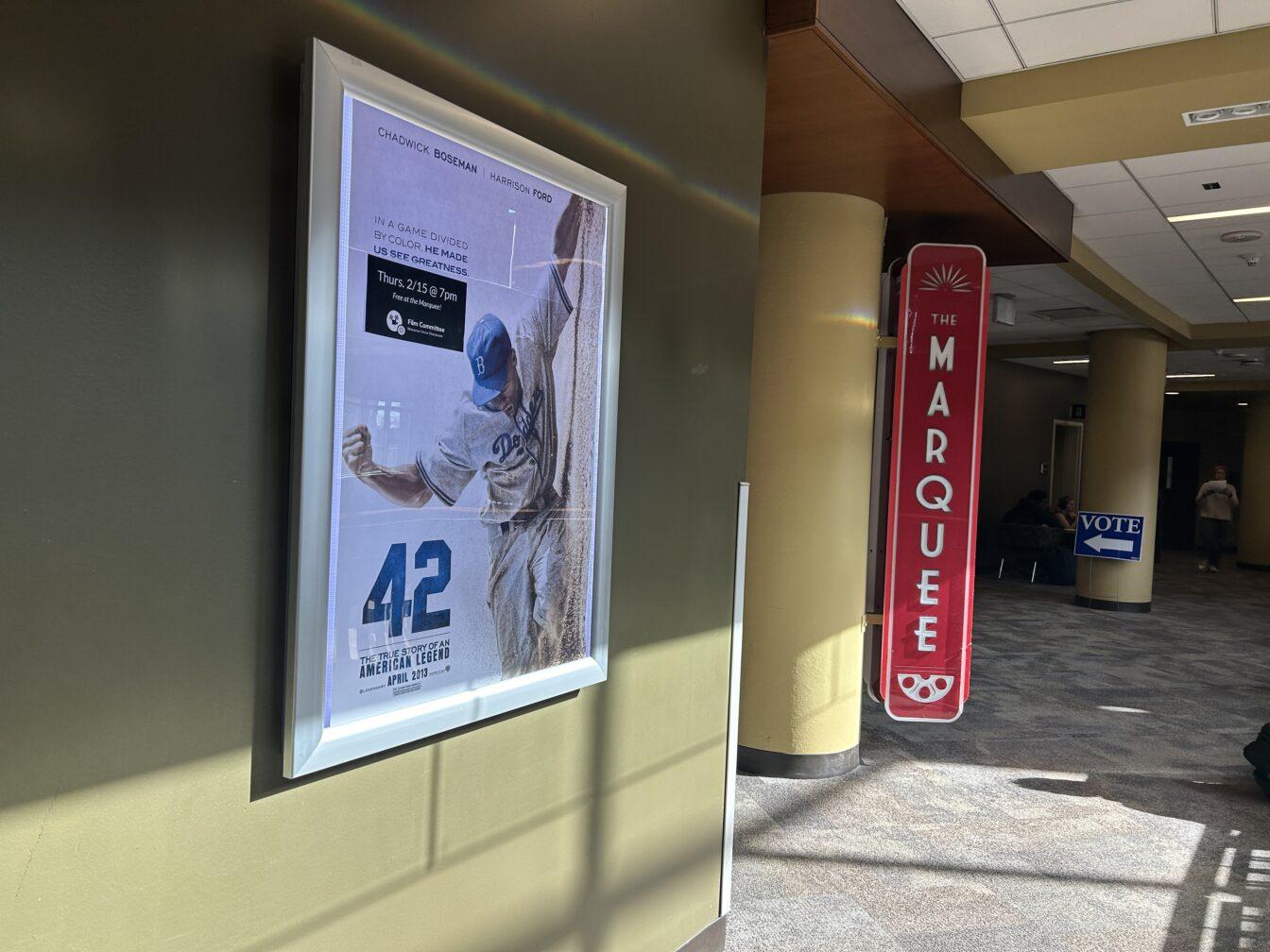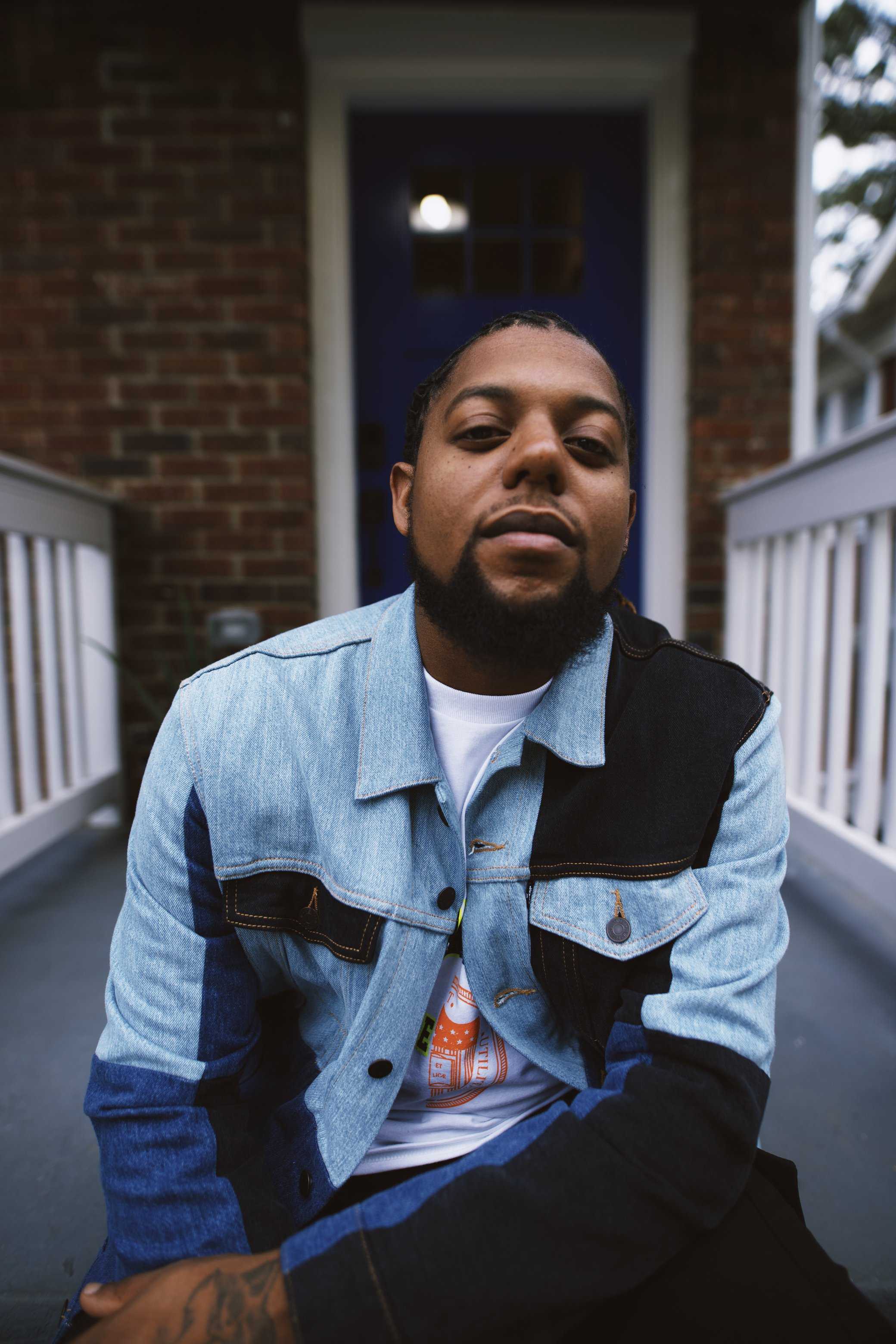
The silent movie genre has long been considered extinct, but French writer/director Michel Hazanavicius revives the format in the film he calls his love letter to cinema, “The Artist.”
In 1927, Hollywood’s most beloved silent film star is George Valentin (Jean Dujardin, “A View of Love”), a handsome, dashing heartthrob every woman – except his wife – fawns over. A proud, elegant gentleman, he doesn’t realize at first how much a chance meeting with Peppy Miller (B?r?nice Bejo, “Prey”), an actress working her way up in the industry, will change everything he knows and thinks.
Peppy is drawn to George’s style and brilliance on the silent stage, but – reminiscent of the classic “Singin’ in the Rain” – Hollywood is losing interest in him as producers begin ushering in an era of voiced films called “talkies.” As the years pass and Peppy’s career takes off, George begins to lose his grip on Hollywood and, eventually, himself.
Foremost, “The Artist” is a character study of a tragic hero who must choose to either spiral into dismay while clinging to his pride, or change in order to keep pace with the film industry. The film is not a love story, but rather follows George and Peppy in their very different worlds. As George falls in love with Peppy, her career in the fresh, new “talkies” blossom while George’s crumbles.
George and Peppy’s emotional relationship evolves throughout the film, and the mood of each passing year is displayed so well through both actors’ body language it would be a shame if “The Artist” had spoken dialogue. Every glance at each other, every deep, longing thought of what could be and every look back at better times draws the audience deeper into the characters’ minds.
The well-executed use of the silent film format in “The Artist” is refreshing. The film not only pays tribute to the genre, but uses silence, music and visuals to create an astounding performance in its own right. Although characters’ lines are often transposed in frames of text on black, not every conversation is handled this way. This lack of spoken dialogue is not detrimental, as the meaning of those missing words is clearly portrayed by the acting.
The music’s crescendos and melodies tell the audience exactly where to laugh or cry via classic 1920s and ’30s orchestral pieces. Music also plays an especially important role in keeping the film’s pace, often acting as the sole director during events, like in the film’s opening scene when George entertains an audience to the rhythm of the orchestra. Various conventions of old-time cinematography are implemented, such as the newspaper’s headlines popping off the presses, giving the film an appropriate age. And everything is pulled together with brilliant character interactions staged in an old Los Angeles that feels brand new.
While Dujardin and Bejo may be making their first big debuts in U.S. theaters, fellow well-known actors and actresses’ excellent performances help ease the audience’s worries of “The Artist” being too foreign. John Goodman (“Happy Feet 2”) plays a pushy Hollywood producer insistent on bringing in the new and young. James Cromwell (“Secretariat”), George’s butler and friend, is George’s only support during desperate times. No character, no matter their role, feels left out or unimportant; the ensemble revolves around George’s story, yet every character’s background can easily be assumed and imposed in order to assess their motives and emotional reactions.
The only glaring flaw in “The Artist” is a slight imbalance in every event’s importance and impact. The mood and music of the film play such an important role that the almost-always giddy nature of the entire film, an obvious reference to the upbeat pace of the genre, can feel out of place at times. The film’s darker moments sometimes feel too bright and lose some of their impact in the interest of keeping the film going. However, the emotional impact is still felt in every aspect of the film, from small juxtapositions to the slightest change in expression.
In an era of filmmaking obsessed with keeping the audience’s attention, even a second of silence in a theater can throw off an audience. “The Artist” takes these preconceived notions of modern cinematography and throws them out the window in favor of a format that proves to still be tried and true. George’s journey over six years should capture the hearts of all moviegoers ready for something different. Already scooping up awards left and right, “The Artist” is the must-see film of the season.
4.5 stars out of 5



















